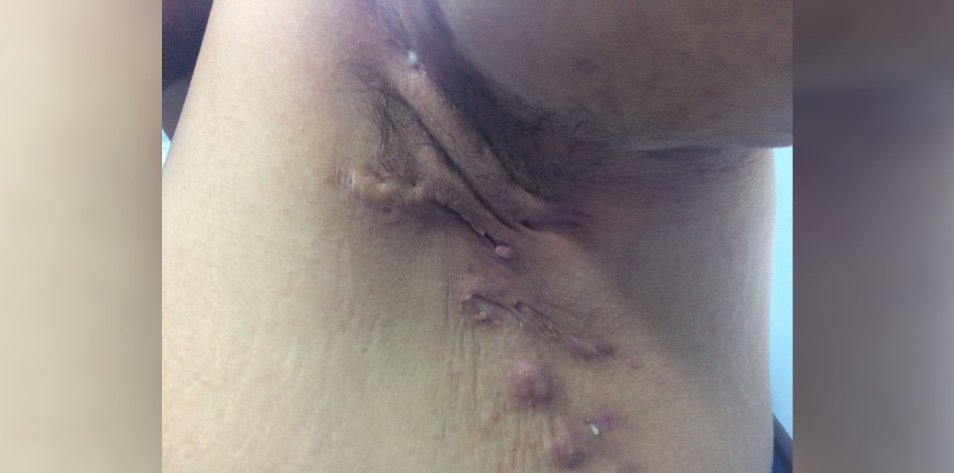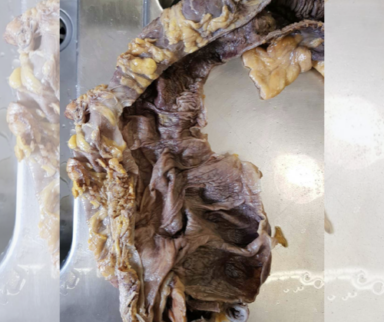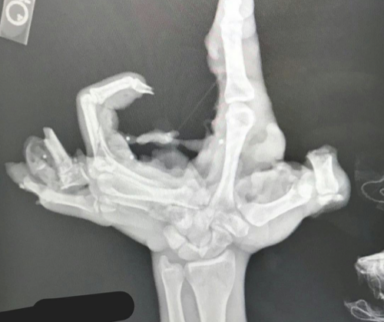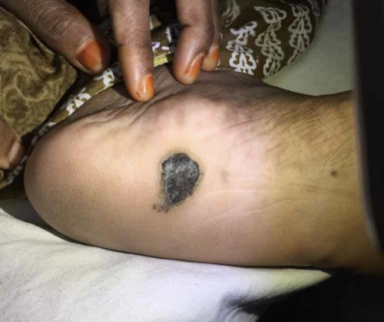

Hidradenitis suppurativa, or HS, is a chronic inflammatory condition characterized by the presence of inflamed cysts and nodules that may progress to form abscesses and sinus tracts with complications like drainage, superinfection, scarring, and disfigurement. Hidradenitis suppurativa treatment options vary depending on severity.
Clinical features of HS can be diverse, especially in new onset or mild cases. The lesions range from comedones and small inflammatory nodules to scattered abscesses and tombstone comedones with interconnected sinus tracts. The more severe cases present with recurrent diffusely connected abscesses resulting in scarring and significant contracture of the dermis.
HS has several classification systems for assessing disease severity. Hurley staging is well known and well validated, and generally correlates stage I with mild disease and stage II to III with moderate to severe disease as defined below.
- Stage I: Single or multiple isolated abscesses without sinus tracts or scarring
- Stage II: Recurrent abscesses with more than one sinus tract and scarring that is separated by normal skin
- Stage III: Diffuse boils and/or multiple interconnecting sinus tracts with no separation by normal skin
Hidradenitis suppurativa treatment goals are aimed at reducing the severity and frequency of flares and preventing sequelae like scarring, sinus tracts, and superinfections. Choice in treatment is often determined based on the severity of disease.
Oftentimes, lifestyle modification can alleviate the degree of severity and prolong the time to lesion recurrence. Interventions may include smoking cessation, weight loss, management of diabetes, and adoption of loose cotton clothing. Weight loss has been demonstrated to significantly decrease severity and should be a focus for all patients with an elevated body mass index.
Pharmacologic intervention is used in mild, moderate, and severe disease cases. Surgical intervention is typically saved for more severe cases that persist despite maximal medical management and ranges in complexity based on the degree and area of tissue involvement.
Published January 17, 2022
Join the Conversation
Register for Figure 1 and be part of a global community of healthcare professionals gaining medical knowledge, securely sharing real patient cases, and improving outcomes.


